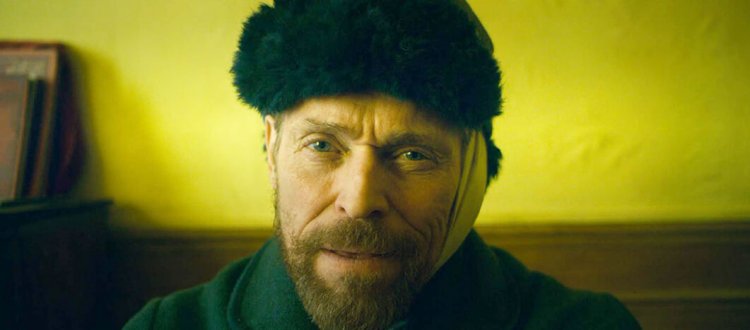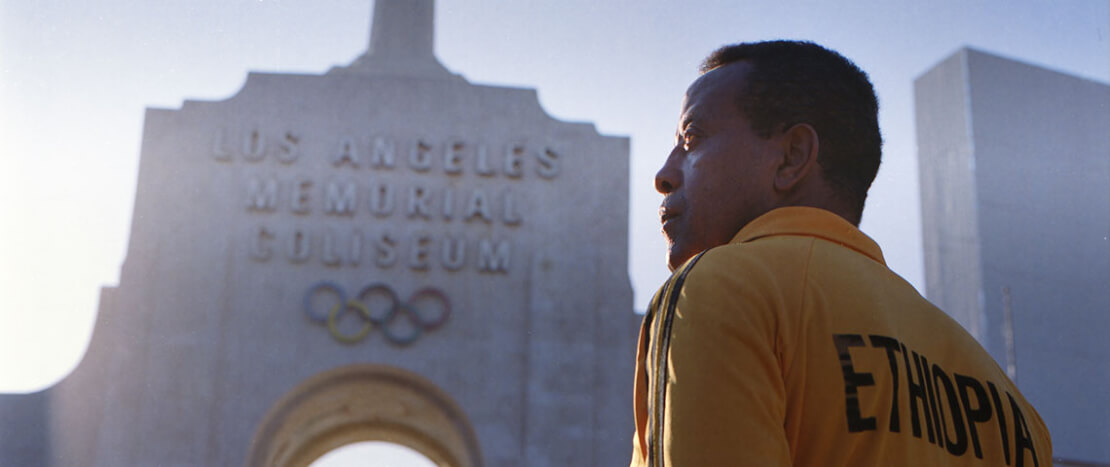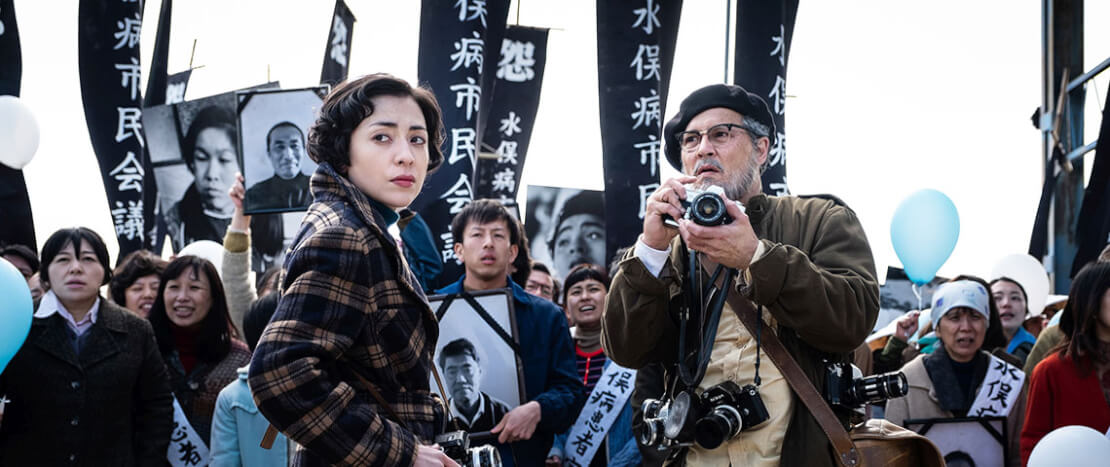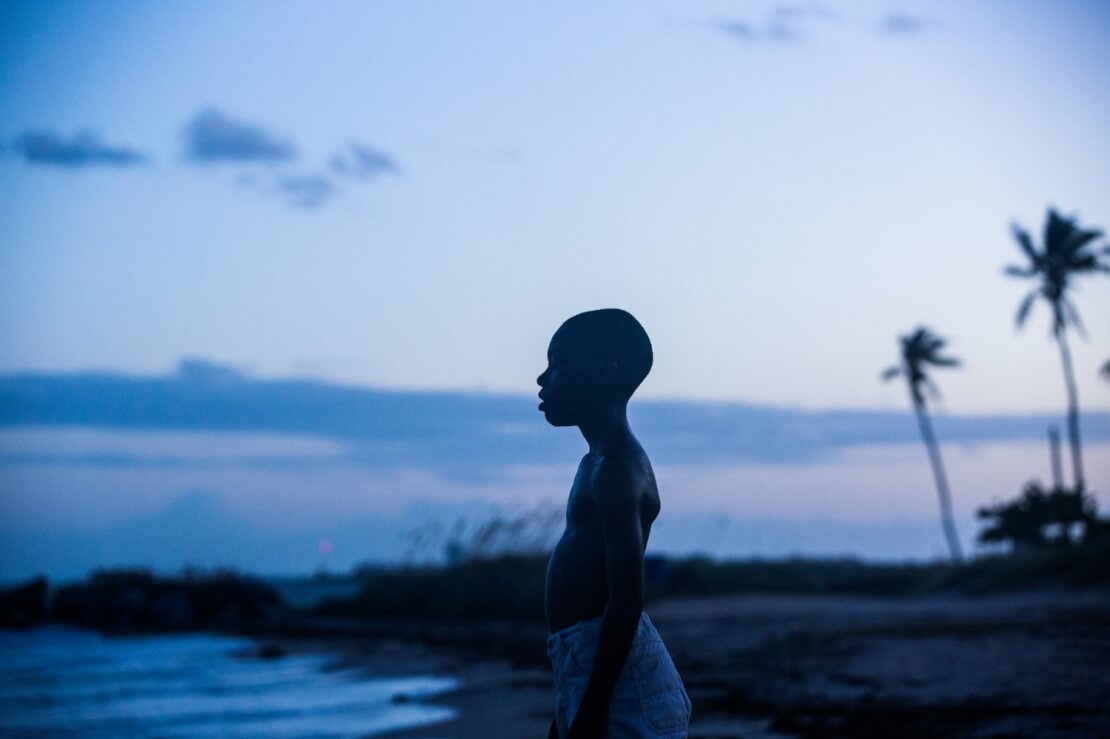At Eternity’s Gate with Julian Schnabel
”Why should anybody make a movie? Everybody thinks they know everything about him…”
How long have you been thinking about making a movie about Vincent Van Gogh?
Not really that very long. I mean, I’ve been aware of Vincent van Gogh all my life, like most of us. But I didn’t decide to make a film about him until a couple of years ago. I didn’t want to make a film about him because there’s 40 movies about him. Why should anybody make a movie? Everybody thinks they know everything about him. Based on that I thought that might be a good reason to do it because it was impossible. I mean, Robert Bresson said that it was impossible to make a movie about ‘Diary of a Country Priest’. So, I thought Ok. He said that, that seems like a good thing. Maybe it’s impossible. I’ll try it. And I think Jean-Claude Carrière felt the same way. I mean, he’s the most well documented artist in the world. So… how do you approach that? You make everything up and it’s a fiction. But like Van Gogh said, I guess around 1955 when Francis Bacon made his ‘Van Gogh Going to Work’ paintings. He took a quote from Van Gogh that said “How to achieve anomalies, inaccuracies and refashions of reality to where what comes out are lies? But lies that are more true than literal fact?”
So, if you think of his paintings, you think that he’s dealing with a painted reality. He is reinventing reality and making a version of reality which is a representation of reality. Everything that’s in it, is particular to him. So, we have the same approach with the movie. It’s a work of art. It’s not a documentary and it’s not a forensic biography. It’s a selection of things that could be possible. If you can suspend your disbelief for a while, you can engage with it or like they say in the movie – everybody sees a different landscape. To some person, it might be something wonderful and a treasure. To somebody else, they might have a problem, but you can’t worry about that. You can just make the thing.
Is that the reason you why you chose the ending? Because I know this is a mystery about Van Gogh but I’ve never heard about this version before.
Well, it’s documented that when he was depressed, he didn’t paint. (Yet) he made seventy five paintings in 80 days when he was in Auvers-sur-Oise. I’d say he was in a pretty good mood at that time.
Now, Steven Naifeh and Gregory White Smith did a lot of research. In their book (Van Gogh: The Life) , they document that he ordered paint the day before he died. Now if you read the letters, he also wrote that he thought that suicide was cowardice. He wouldn’t turn away from death if it happened but he wasn’t looking for it. That comes from him. We also used the transcript from the police report. He said “Don’t blame anybody else.” I don’t know why somebody who would kill himself would say that. Or when asked if he had a gun, he said “No, never.” I mean why lie to somebody that’s your friend? If you’re dying, it seems to me (shrugs)… and particularly for a guy that’s always telling the truth.
”What did he do? Bury it after he killed himself?”
So, what happened? Now they’re going to auction the gun that he supposedly killed himself with. They found the gun in 1965. Where the hell was the gun been from 1890 to 1965? A guy found it in a field somewhere? Well, if they looked where the event happened, you’d think they could have found it. What did he do? Bury it after he killed himself? So, it would make me think that somebody else took the gun and put it somewhere. In the movie, they throw it in a river but maybe they just buried it somewhere. Also, he returned home without his paint supplies and without his painting. That’s documented. What happened to that stuff?
So, it’s just a plausible end. I like the idea that when asked, if he was alive for another 30 hours that he didn’t mention these boys. I think that that says our character is a ‘stand-up guy’.
Is this also about his identification with Jesus Christ in a way he dies?
Well, I do think that. What do we do as living humans? I mean, we try not to get so bored that we’re terrified of nothingness. We get engaged in something. I think when I made the film ‘The Diving Bell And The Butterfly’ and Jean-Dominique was stuck inside his body, he was terrified. Once he was able to use his technical ability as a writer and get engaged in his memory, he realised that he was free, so he could escape his diving bell and be a butterfly.
I was at Georg Baselitz’s studio yesterday morning. He’s a friend of mine and I looked at the paintings he’s working on and he’s a very happy guy. He’s enjoys what he’s doing. I think when he’s painting, he is not thinking about anything else. And like it says in the movie, “I become a part of everything inside and outside of me.” Is that a religious experience? Possibly. But I think there is a difference between belief and religion. And I think that Van Gogh’s idea about religion was different than organised religion’s. Probably it’s because his father was a pastor. And the other reasons being that he was a nonconformist and people didn’t like the way he behaved or the things that he was doing. Certainly his family members didn’t.
”I feel like I’m an exile on this earth…”
But I do think that he identified with Christ when he says “I feel like I’m an exile on this earth.” In our film, to have the opportunity of him talking to Mads Mickelson and tell a priest that nobody knew who Christ was until 30 or 40 years after he died. -What a great thing to have ‘Christ’ say to a priest? So, a lot of the dialogue comes from conversations I had with Jean-Claude Carrière and we’d think “that sounds like dialogue”.
How would you describe the style of your film? I ask because in the first scene when Van Gogh is speaking to a shepherd girl, it’s very fluid, hand-held camera style and then it comes up again later at the end. What is the concept there?
Well, I think Van Gogh spent a lot of time outside and we knew that we were going to have to establish that he was outside of society. Not only in a literal or narrative way, but also to really show what he was like. I think that there was a mad energy about him and something a feeling of wanting to be ‘in nature’ and feel the wind. So, if you think about what he says at the beginning of the movie: “I’d like someone to ask me ‘How are you today? And offer me some tobacco or even some ham or cheese or a piece of fruit… And maybe a lady would smile at me.” When you see him walk up to this girl, it’s like he has absolutely no sense of etiquette or how to ask for whatever he wants. So, the impulse of that illustrates something that is established by the first thing that he said, but I never thought about it literally.
”Something is going to happen here but you don’t know what it’s going to be…”
What I wanted to do was show that the movie is not going to be a regular movie. Something is going to happen here but you don’t know what it’s going to be. And later when you see that scene, you realise the guy has just escaped from the hospital. He wants to get out. He is free. Life is moving and he’s been running. So, when he finally sees this woman, there is a yellow gel and a split diopter on the lens which is not there at the beginning so as to exacerbate his mood.
I wanted to ask you about the edits. In the well-understood three stages of a film where the story changes: i.e. when it’s written, when it’s shot and when it’s edited…
That’s right.
The thing I really loved was the spontaneous feel of Willem Dafoe’s portrayal. How did you preserve that in the edit?
Louise Kugelberg who wasn’t an editor, is an interior architect who thinks spatially but was working on the movie with me. I mean, it was not prescribed what she was going to do, but she was so involved in all of the locations and the positioning. For example, when we wanted to show how far he had to go in order to make those works. How much endurance it took to climb up to those places. Because, if you look at the drawings and paintings, he’s so far away from everybody when he’s out in nature. So, she was with me throughout all of the scenes and knew all the nuances.
For example, there’s one moment where Dr. Ray is going to make a drawing of the ear and for a certain moment, Dr. Ray touches his face. Well, we thought OK well that’s kind of actor’s stuff and you don’t want to see that. So, we cut it to where we had to cut back to Willem one more time so as to preserve Dr. Ray’s performance. That performance of Willem, that is the first take where he’s talking to Dr. Ray. It was the same for Mickelson’s first take. And Emmanuelle Seigner and Matthieu Amalric. Usually, I do it in the first take and there’s no rehearsal, so everybody is very, very prepared.
”…when he goes there and he lies in that field. He tastes the dirt and he sits up and he smiles like that. I mean, that was gravy all over.”
When we were shooting the scene where he’s walking home after he’s been shot, there was this field of vegetables. So, we ran over there. It was just four of us really and we were walking side by side and I could just say things very immediately to Willem. He would go off and do it and we’d try to get out of the way. I mean, because we were shooting in such a spontaneous way, the sound guy was always in the picture and he had to get out of the way. It was not his fault but it was tough. Anyway, so when he goes there and he lies in that field. He tastes the dirt and he sits up and he smiles like that. I mean, that was gravy all over.
So, what that says to him is ‘I’m exactly in the right place in the world at the right time. I’m a success at this moment. It doesn’t matter if I sell a painting or I don’t. This is exactly where I want to be’. And you could see that just coming through him. So, I really think making a good movie has a lot to do with casting the right people. Most people said to me you know he’s 60 years old? Van Gogh was 37. How can he play that role? Well, Chris Walken and Robert DeNiro were 35 years old when they went to war in The Deer Hunter.
Willem’s a physical actor and is also very smart. He is somebody that you can work with to develop things and you know when they say well, I don’t feel like that’s right, you can listen to them and and try to make it right. So, besides the fact that Van Gogh was 37, the life expectancy then was 42. And now it’s 80 and Willem is 63 so, it’s about right. I never thought about that he was too old. I mean he’s amazing. What an amazing performance. So, when we went to the Oscars and somebody else won. The Oscars really don’t mean anything anymore. It’s nice but I mean, I’m not in that business. I never made a nickel making the movie. I made the movie because I felt like doing it. But once somebody is nominated, you have to show up and be a part of it. But you can’t put too much stock in that stuff. You could drive yourself crazy with all of those things. Like Guillermo del Toro said, “the movie is gonna be the same before and after the award.”
”…seeing the mistakes that other people make, it’s a great help to when you want to make a film.”
Which one of the fourteen Van Gogh movies do you like? Which one is dear to you?
I don’t like any of them.
Really? Even ‘Lust for Life’ with Kirk Douglas?
Y’know when I was little, I loved it but I didn’t know any better. I mean, it was beautiful and the paintings and the landscapes looked like the paintings. And Kirk Douglas, who I love. I mean, I love Kirk Douglas in ‘Spartacus’, but I think that maybe Vincente Minnelli needed to tell Kirk Douglas to stop crying so much and stop whining. I mean, obviously Kirk Douglas probably had a lot to do with the way that was told also. You have Anthony Quinn, who I also love, but he is much better as Marlon Brando’s brother in Viva Zapata. But seeing the mistakes that other people make, it’s a great help to when you want to make a film. So, for example if I saw anything that resembled them in the way that they were behaving in my film, I would stop it immediately. For example Oscar Isaac… I mean Gaugin was friends with with Van Gogh and he wrote to him after that event. The letter Van Gogh receives from Gagarin at the hospital is a real letter. I think that was the best review he ever got, saying that “I would like to trade a painting with you and you’re the only one who really thinks in regard to nature.” At the end, when the screen turns yellow. That’s a real article that Gaugin wrote in the Mercure de France four years after Van Gogh’s death, saying “y’know I remember my yellow room and I think it smells pretty good.” You realise that he really cared about him. So, I wanted to show that Gaugin wasn’t just a jerk. They just had a different path.
Thank you.
Cool. Thank you.




